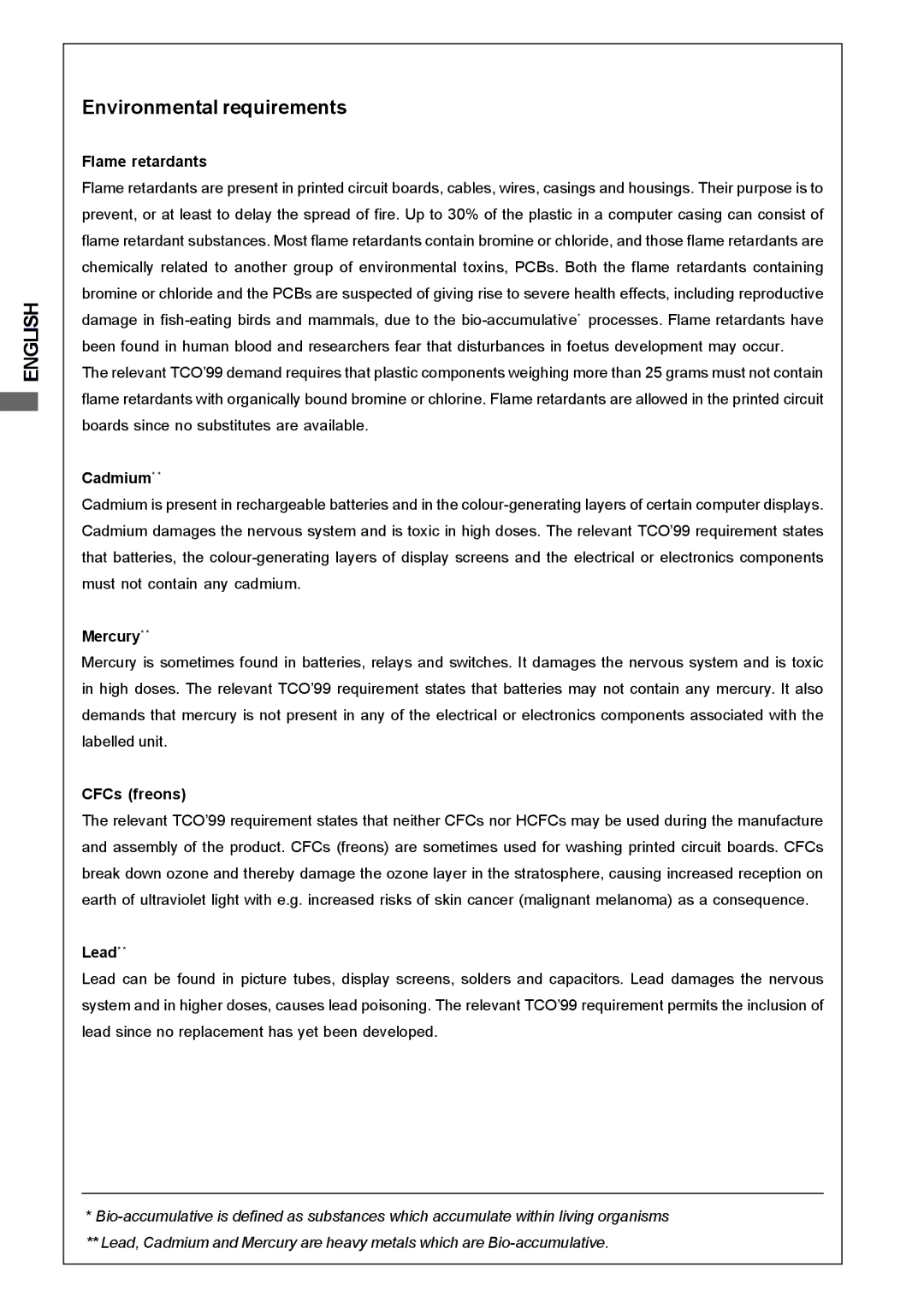H2010, H2130, H1900 specifications
Iiyama, a prominent name in the display technology market, offers a range of monitors designed to meet the varying needs of users. Among their offerings are the H1900, H2130, and H2010 models, each designed with specific features and technologies suitable for different applications.The Iiyama H1900 is a 19-inch monitor known for its crystal-clear image quality and reliable performance. It comes with a high resolution of 1280x1024, ensuring that users can view detailed content with precision. The H1900 utilizes a fast response time, making it ideal for dynamic applications such as gaming or video playback. The monitor’s ergonomic design ensures that users can adjust the display to reduce eye strain, making it particularly beneficial for long hours of use. The H1900’s power-saving features contribute to its efficiency, reducing energy consumption and lowering overall operating costs.
Moving to the H2130, this model features a larger 21.5-inch screen, offering users a more immersive viewing experience. It provides a full HD resolution of 1920x1080, delivering vibrant colors and sharp images that enhance productivity, whether for design work or general office tasks. The H2130 incorporates advanced LED backlighting technology, which not only enhances brightness levels but also improves energy efficiency compared to traditional monitors. Additionally, with viewing angles of up to 178 degrees, users can enjoy consistent image quality from almost any position, making it suitable for collaborative work environments.
The H2010 sits comfortably between the H1900 and H2130, featuring a 20-inch screen size with a resolution of 1600x900. It strikes an excellent balance for users looking for a compact yet high-quality display. The H2010 boasts a quick refresh rate, ensuring smooth transitions and minimizing motion blur during fast-paced content. This model is also equipped with anti-glare technology, which reduces reflections, making it easier to work in brightly lit environments. With its versatile connectivity options, including HDMI and VGA ports, the H2010 is compatible with a variety of devices, making it an excellent choice for home users and professionals alike.
In summary, the Iiyama H1900, H2130, and H2010 monitors each deliver unique features tailored to cater to different user needs. With their combination of advanced technologies, ergonomic designs, and energy-efficient performance, Iiyama continues to provide reliable solutions for both personal and professional use. Whether for a compact workspace or an expansive setup, there’s an Iiyama monitor that fits the bill.

